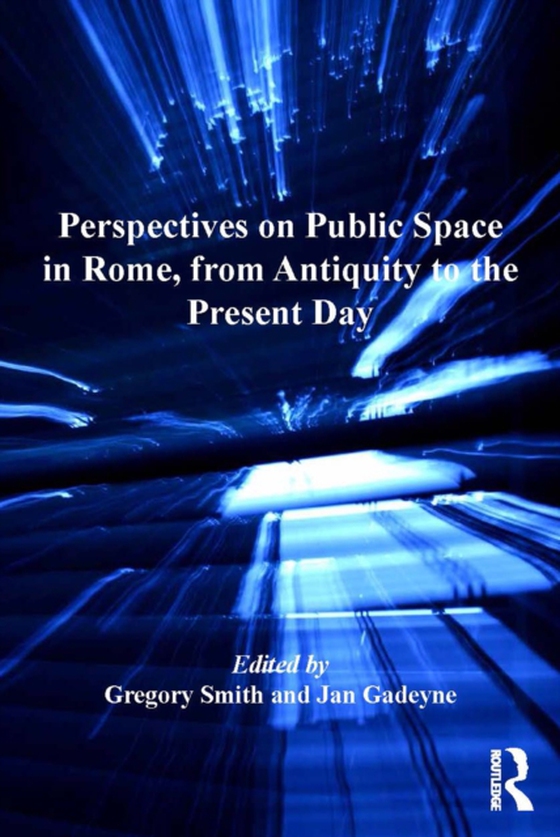
Perspectives on Public Space in Rome, from Antiquity to the Present Day e-bog
348,37 DKK
(inkl. moms 435,46 DKK)
This volume provides readers interested in urban history with a collection of essays on the evolution of public space in that paradigmatic western city which is Rome. Scholars specialized in different historical periods contributed chapters, in order to find common themes which weave their way through one of the most complex urban histories of western civilization. Divided into five chronolog...
E-bog
348,37 DKK
Forlag
Routledge
Udgivet
22 april 2016
Længde
434 sider
Genrer
History of architecture
Sprog
English
Format
epub
Beskyttelse
LCP
ISBN
9781317081692
This volume provides readers interested in urban history with a collection of essays on the evolution of public space in that paradigmatic western city which is Rome. Scholars specialized in different historical periods contributed chapters, in order to find common themes which weave their way through one of the most complex urban histories of western civilization. Divided into five chronological sections (Antiquity, Middle Ages, Renaissance, Baroque, Modern and Contemporary) the volume opens with the issue of how public space was defined in classical Roman law and how ancient city managers organized the maintenance of these spaces, before moving on to explore how this legacy was redefined and reinterpreted during the Middle Ages. The third group of essays examines how the imposition of papal order on feuding families during the Renaissance helped introduce a new urban plan which could satisfy both functional and symbolic needs. The fourth section shows how modern Rome continued to express strong interest in the control and management of public space, the definition of which was necessarily selective in this vastly extensive city. The collection ends with an essay on the contemporary debate for revitalizing Rome's eastern periphery. Through this long-term chronological approach the volume offers a truly unique insight into the urban development of one of Europe's most important cities, and concludes with a discuss of the challenges public space faces today after having served for so many centuries as a driving force in urban history.
 Dansk
Dansk

